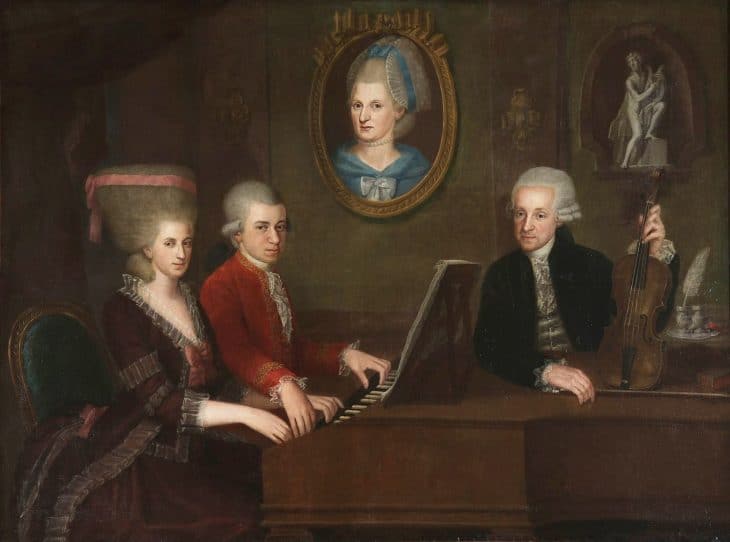
When you think of the world’s greatest composers, Mozart definitely sits among the most brilliant minds in music. No one can think of music and not associate Mozart with it. However, there’s more to the man than his legacy. Face the man behind the music with these Mozart facts.
- Mozart composed over 600 works in his life.
- Mozart composed his first pieces when he was only 4 years old.
- One of Mozart’s first operas was Mitridate, re di Ponto, composed in 1770.
- Mozart became a Freemason in 1784.
- John Haydn claimed on Mozart’s death that there won’t be anyone of his talent for at least another 100 years.
- Mozart’s birthday is on January 27, 1756.
- Mozart had an older sister, Anna Maria ‘Nannerl’ Mozart, born in 1751.
- Nannerl and Mozart made their first public appearance as musical partners in 1762 before Prince-Elector Maximilian III of Bavaria.
- Prince-Archbishop Hieronymus Colloredo made Mozart a court musician in 1773.
- Colloredo dismissed Mozart in 1781.
- Mozart also later competed before Holy Roman Emperor Joseph II in 1781.
- Mozart married his wife Constanze in 1782.
- He later met Joseph Haydn in 1784.
- Emperor Joseph II appointed Mozart chamber composer in 1787.
- Mozart died of illness in 1791.
- Mozart’s full name is Joannes Chrysostomus Wolfgangus Theophilus Mozart.
- Mozart usually shortened his name to just Wolfgang Amadeus Mozart.
- Fellow composer Johann Christian Bach was a major influence on Mozart and his work.
- Ludwig van Beethoven spent weeks in Vienna in 1787, hoping to meet and study under Mozart.
- Some modern music historians suspect Mozart suffered from depression in the late-1780s.
Mozart Facts Infographics
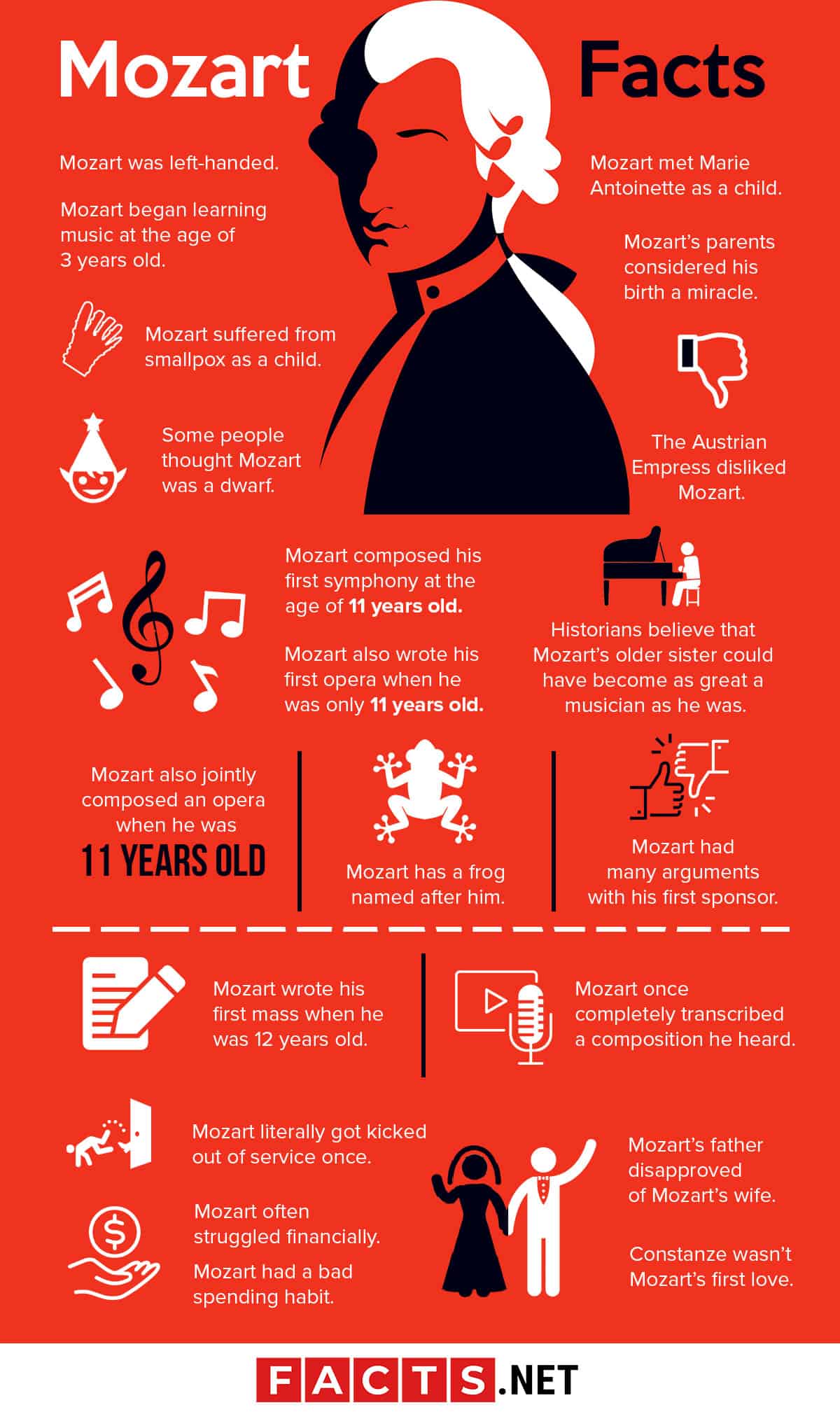
Mozart was left-handed.
This plays into the popular idea of left-handed people being artistically-inclined. That said, there is some evidence behind it. Apart from Mozart, other famous artists and musicians who were also left-handed include Sergei Rachmaninoff and Ludwig van Beethoven.
Mozart began learning music at the age of 3 years old.
The saying, “Start them off young” proves true with Mozart’s life. His own elder sister Nannerl was his first music teacher, teaching him how to play a clavier. Almost as soon as he started learning, he began to strike thirds, with the blending of pitches causing a lot of delight for the young Mozart.
Mozart suffered from smallpox as a child.
During an outbreak of smallpox in Vienna in 1767, Mozart contracted the disease at 11 years old. Empress Maria Josepha was among the casualties of the outbreak, while both Mozart and his elder sister Nannerl survived. However, the disease left mild scars on Mozart’s face for the rest of his life.
Historians believe that Mozart’s older sister could have become as great a musician as he was.
She certainly proved she had the talent, being both Mozart’s music teacher and musical partner in his youth. However, she failed to pursue a career in music. Once she reached her legal age, her father immediately arranged a marriage for her.
He believed that as a woman, Nannerl should focus on maternal pursuits instead of living the public life as a musician.
Some people thought Mozart was a dwarf.
This one’s a rather curious example of Mozart Facts. Since Mozart excelled in music from an early age, he started performing in no time. Audiences found it unbelievable that someone of his age could play so well, much less compose original pieces of his own, which led some to think that Mozart was actually a small grown man.
Mozart met Marie Antoinette as a child.
In 1782, Mozart established himself as a child genius, playing shows as his family toured Europe. During this period, he met Marie Antoinette at the Habsburg Dynasty’s summer residence outside Vienna.
One popular piece of gossip was that Marie Antoinette had helped Mozart to his feet when the latter slipped on the polished floor of her family’s mansion. According to the gossip, Mozart responded with a childish proposal to the future Queen of France. Definitely one of the Mozart facts that explain why he was popular with women.
The Austrian Empress disliked Mozart.
Empress Maria Theresa expressed her distaste of Mozart when her son Archduke Ferdinand considered hiring him. She talked him out of the idea, describing Mozart as useless and without a place in the Imperial Court.
Mozart composed his first symphony at the age of 11 years old.
In 1864, Mozart finished Symphony No. 1 in E-flat Major, his first symphony at the tender age of 11. It took another year before he played it live for the first time. Mozart composed the symphony during his and his family’s visit to London.
By this point, Mozart had already established himself across Europe as a child genius. Mozart would also later revisit this composition’s opening for his Piano Concerto No. 22 in E-flat Major, composed 21 years later in 1781.
Mozart also wrote his first opera when he was only 11 years old.
In 1767, Mozart wrote and composed Apollo et Hyacinthus in his hometown of Salzburg in Austria. Premiering the same year, the opera was a major success, but would only be played once in Mozart’s whole lifetime.
Mozart’s parents considered his birth a miracle.
When Mozart was born in January 27th, 1756, he was alarmingly small in size and weight for a baby. Nobody thought that Mozart would survive, but even with these complications, he lived to be the virtuoso that he was.
Mozart also jointly composed an opera when he was 11 years old.
At 11 years old, Mozart composed Die Schuldigkeit des ersten Gebots with Michael Haydn and Anton Cajetan Adlgasser. An opera in 3 parts, the composers divided it between them. Mozart composed the first part, Haydn the second, and Adlgasser the third.
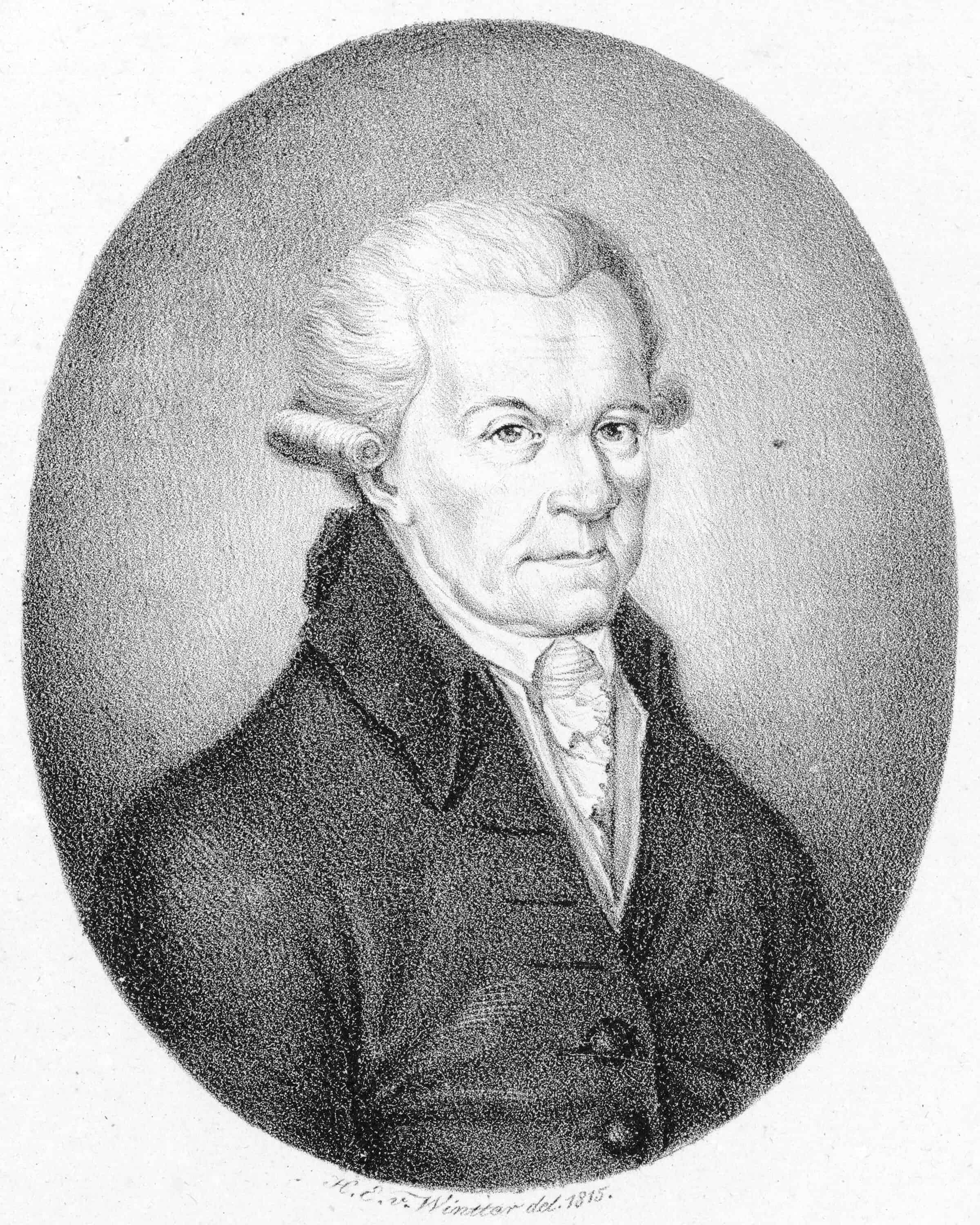
Mozart has a frog named after him.
Mozart’s legacy has gone as far as the animal kingdom with the Eleutherodactylus amadeus, more commonly known as Mozart’s Frog or the Haitian Robber Frog. The name comes from the frog’s wide auditory range, which some scientists note have a similarity with musical tones.
International agencies declared it extinct in 1991, only to rediscover it in 2011, though the species remains in a critically endangered state.
Mozart wrote his first mass when he was 12 years old.
In 1768 Mozart composed Mass in G Major in Vienna. It’s not Mozart’s first liturgical piece, which was Kirie in F Major, composed in 1767. But in addition to being his first mass, Mass in G Major also has the distinction of being Mozart’s only missa brevis to include a viola.
Mozart once completely transcribed a composition he heard.
If composing pieces at an extremely young age isn’t enough to wow you, this feat just might: Mozart once transcribed Allegri’s Miserere completely from memory. Miserere was based on Psalm 51, and during this time, distribution of the written piece was heavily regulated by the the Vatican City.
Mozart had heard it during a family visit to Rome, and after attending a service in the Sistine Chapel. Despite hearing it only once, Mozart proceeded to make a complete transcription of the composition, though he also attended a second service to make corrections. The feat won him fame and recognition across Europe, including Pope Clement XIV, who awarded Mozart the Order of the Golden Spur for his achievement. How’s that for Mozart facts?
Mozart had many arguments with his first sponsor.
This sponsor was Prince-Archbishop Hieronymus Colloredo of Salzburg, who wanted exclusive access to Mozart’s services. However, Mozart refused this arrangement as he was often underpaid.
Mozart also resented him for keeping him from taking new opportunities whenever and wherever they appeared. Finally, Mozart just wanted to have a musical career free of royal patronage.
Mozart literally got kicked out of service once.
A common metaphor for losing your job is getting the boot. In Mozart’s case, this was literal. When Prince-Archbishop Hieronymus Colloredo dismissed Mozart, his servant didn’t just show the composer to the door, but actually kicked him out. Definitely a strange but true example of Mozart facts.
Mozart’s father disapproved of Mozart’s wife.
Leopold thought of Constanze as a flighty woman. However, other sources never described Constanze as flighty, appearing in contemporary records as a dutiful wife.
Constanze wasn’t Mozart’s first love.
That was actually her older sister, Aloysa. However, Aloysa eventually moved on from Mozart, who wrote a song about her before also moving on himself.
Mozart often struggled financially.
Despite the great recognition that Mozart enjoyed from the start of his musical career, he often spent his life as a starving artist. Typically, he earned only 150 florins a year, roughly equivalent to $1,500 today. Though he eventually managed to earn 800 florins (roughly $8000 today) a year under Emperor Joseph II, Mozart and his wife’s luxurious lifestyle kept their finances under heavy strain.
It got to the point that Mozart had to take a number of loans towards the end of his life, and which may have contributed to his supposed depression at the time.
Mozart had a bad spending habit.
He and his wife Constanze had a tendency to buy expensive furnishings and luxuries. One example was in 1785, when they bought a pianoforte for 900 florins – equivalent to $9000 today.
Another example in the same year was Mozart’s purchase of a billiards table for 300 florins or the equivalent of $3000 today.
War was another reason for Mozart’s financial difficulties.
The Austro-Turkish War lasted from 1788 to 1791. The war impacted Austria’s economy as a whole, with music considered among luxuries sacrificed for the sake of the nation’s victory.
Both the nobility and common people found their appetite for Mozart’s art reduced by the needs of the conflict, with money that would have otherwise gone to musicians instead going to the war effort.
Mozart wrote his last symphony in 1788.
Mozart’s last work was on Symphony No. 41 in C Major, also popularly known as the Jupiter Symphony. This name wasn’t actually given by Mozart, but attached to the piece after his death.
Today, it’s still unclear who named it that first, but Mozart’s son Franz claimed it was composer and musician Johann Peter Salomon who did so.
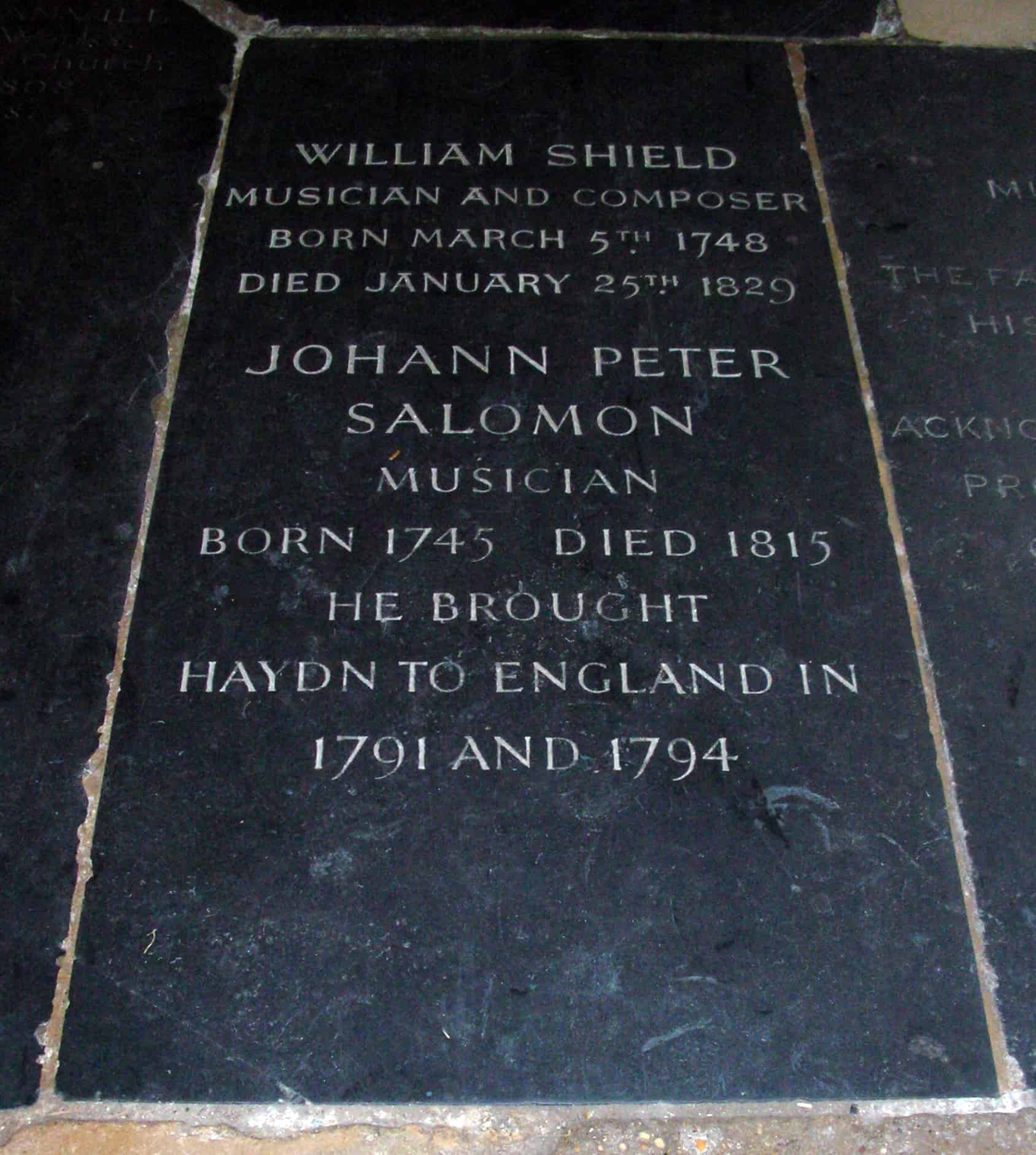
Mozart enjoyed a recovery in the years leading to his death.
This was from 1790 to 1791, literally the last 2 years of Mozart’s life. As his depression wore off, Mozart composed several of his more memorable works, such as the opera The Magic Flute, and his last piano concerto, Piano Concerto No. 27 in B-flat Major, among others. As the war wound down, Mozart began to receive an increase in income from his work, also bringing an end to his financial difficulties.
Mozart was a tenor.
Mozart’s wife Constanze gave that description, that Mozart tended to speak with a soft tone, and could sing with a delicate voice. She also said though that when excited or needed to make his presence known, Mozart could speak loudly and powerfully.
Mozart had many hobbies in his life.
Although one would think that Mozart lives and breathes music, he actually made time for many other pastimes. The most common among those hobbies was billiards. He also kept several pets, including canaries and starlings for birds, and dogs as well.
Mozart also kept a horse, which he rode as a form of recreation. He also had a fondness for dirty humor, particularly scatological humor – or jokes involving feces to one degree or another.
Mozart held a grand funeral for his pet starling.
This was in stark contrast to when his father died in 1787, whose funeral Mozart missed. When his pet starling died, Mozart held a formal ceremony during the animal’s burial, with the guests requested to come in mourning clothes. Not only that, but Mozart had specially composed a poem in his pet’s memory. Another strange but true example of Mozart facts.
Mozart was a Roman Catholic.
This is unsurprising, considering he was born and lived most of his life in Austria, a predominantly Catholic country. However, Mozart also traveled and spent time in Northern Germany, also then as now a predominantly Protestant country. Despite his exposure to Protestant denominations, Mozart remained a Catholic until the day he died.
Nobody knows why Mozart died.
All that’s certainly known is that he died of illness, marked with symptoms including pain, swelling, and vomiting. As for the official record of Mozart’s day and age, it only states his cause of death as severe miliary fever.
This has led to numerous theories as to the specific cause, ranging from diseases like streptococcus or a really bad case of the flu to allegations that Mozart’s rivals had poisoned him with mercury.
Mozart’s wife took his death badly.
This isn’t particularly unique to her, as it happens to plenty of people when they lose their loved ones. In Constanze’s case though, she might have taken it a little too far. It’s said that when Mozart died, Constanze climbed into his deathbed, hoping to catch his illness and die to join him.
Mozart had a surprisingly simple funeral.
Some sources even claimed that he received a pauper’s grave. This is actually untrue, since Mozart received a common citizen’s funeral and grave. Contrary to popular belief, wasn’t buried on a dark and stormy day, but on a day with mild weather.
Mozart’s death left his family in debt.
They’d been in debt for some time already, although Mozart had made progress in paying them back before his death. After his death, his wife Constanze had to sell Mozart’s manuscripts to pay off their debtors.
She also later received a pension from the Emperor in Mozart’s memory and sponsored a series of musical exhibitions of her late husband’s work. These allowed Constanze a measure of financial stability – not just herself, but also for her children.
Mozart’s reputation soared after his death.
Memorials and concerts dedicated to his memory took place not just in Vienna, but in Prague as well. Death only served to make the public and Mozart’s former patrons appreciate his work and legacy all the more, with biographers and publishers aggressively competing for opportunities to produce compilations of Mozart and his life.
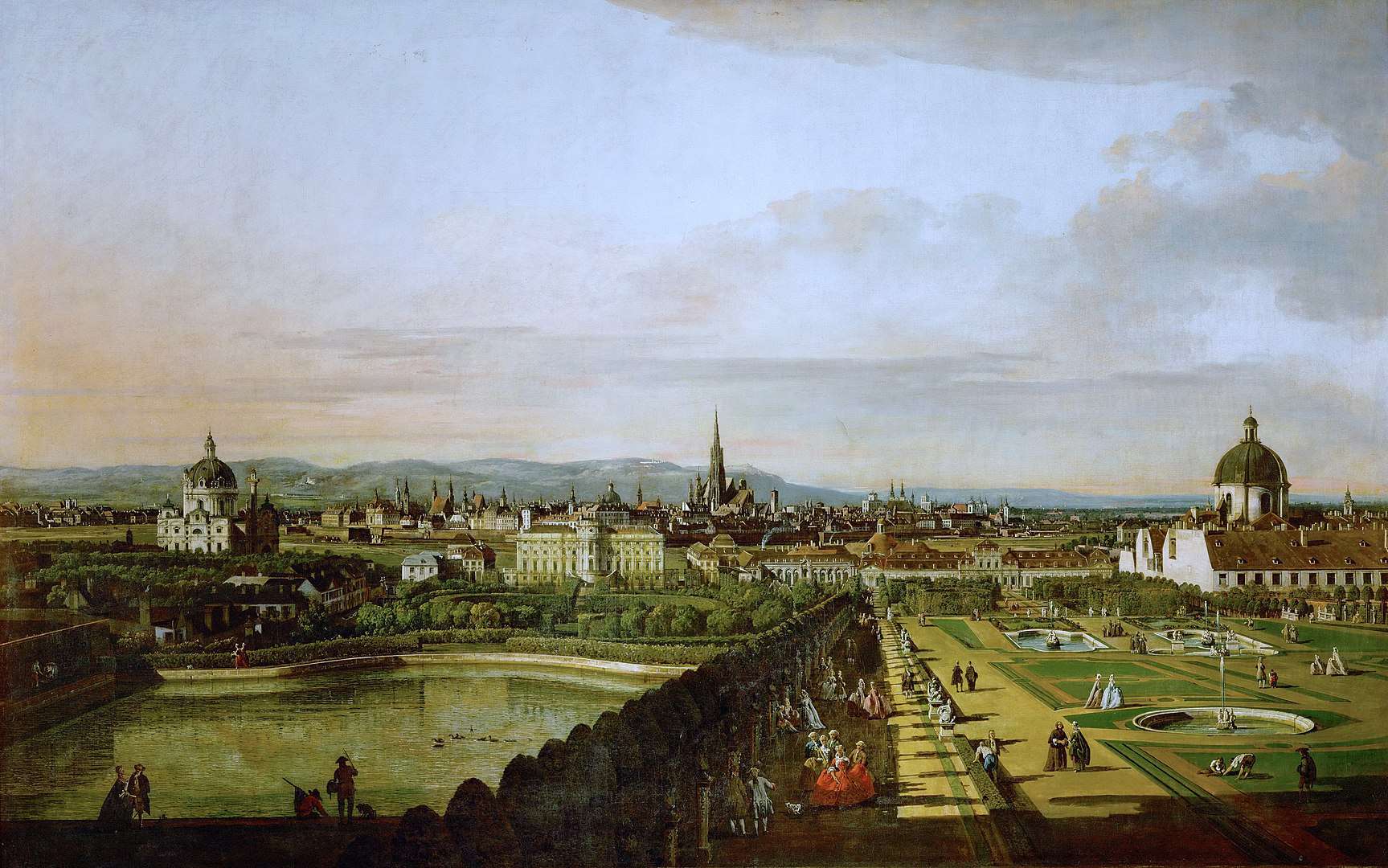
A gravedigger claimed to have dug up Mozart’s skull in 1801.
Joseph Rothmayer claimed to have unearthed the virtuoso’s skull in 1801, although the skull has since been recovered. However, the validity of the claim quickly became questioned.
Even today, despite repeated tests with various methods, the matter remains unclear and unresolved. For now, the skull is in storage in the Mozarteum Foundation in Salzburg, Austria.
The most infamous of Mozart’s rivals was Antonio Salieri.
This comes from how he and other Italian artists and musicians competed with Mozart for royal patronage in the Emperor’s Court in Vienna. Mozart’s father Leopold even spoke of how Mozart especially distrusted Salieri. For decades after Mozart’s death, rumors spread of how Salieri might have poisoned Mozart to get rid of the competition.
These rumors were ultimately revived in the 20th Century, with Peter Shaffer’s play Amadeus and its 1984 film adaptation. Historians, however, dismiss these rumors, as all evidence points that while the rivalry was real, Mozart and Salieri also shared a solid and professional respect for each other’s abilities.
Mozart and Salieri once composed a work together.
This was the solo cantata Per la Recuperate di Ophelia, written to celebrate the recovery of soprano singer Nancy Storace from a nervous breakdown. The cantata’s existence was only discovered in 2015 among a collection of private properties confiscated by the Czechoslovak government from the 1950s.
Historians consider the cantata as one of the strongest pieces of evidence that prove how Mozart and Salieri did not hate each other.
Mozart also worked with Lorenzo Da Ponte.
An opera writer from Venice, Lorenzo and Mozart worked together to compose 2 of the latter’s most enduring operas. The first was The Marriage of Figaro, first performed in Vienna in 1786, and in Prague later that same year.
The second of their opera masterpieces was Don Giovannia, which premiered in Prague in 1787. Both are still seen today as among the greatest classics in opera history.
Mozart wrote more than just classical music.
He also wrote church music, providing scores with pieces for every part of a Eucharistic service. This includes the Mass in C Minor, considered by musicians to be among his greatest works, along with the Requiem in D Minor. The Requiem in D Minor is actually Mozart’s last work, left unfinished with his early death in 1791.
Mozart’s Requiem was ultimately completed by his student.
This student was Franz Xaver Sussmayer, who apparently received instructions to complete the Requiem from Mozart himself. This is a claim contested by some modern musicians and musical historians.
That said, Sussmayer’s handwriting on the original manuscript for the Requiem and testimony from Mozart’s sister-in-law Sophie backs this claim.
The 2002 memorial of the September 11 Attacks featured the Requiem.
Called the Rolling Requiem, it began in Auckland, New Zealand, at 8:46 AM, at the same time that the first plane hit the World Trade Center in New York. Performances then continued one after another in all the world’s time zones, each starting at 8:46 AM.
This tragic concerto continued until the Requiem had been performed in 25 time zones in all 7 continents over a 24-hour period.
Mozart could play multiple instruments.
Though his fame comes from his compositions, Mozart was also able to play several instruments with skill. As a child, Mozart learned to play the harpsichord and violin. Later on, he learned how to play the piano, as well as the organ and viola.
There was 1 musical instrument Mozart feared as a child.
This was the trumpet, which Mozart later described as ‘too loud,’ which led to a degree of hatred for the instrument. Eventually, he grew out of it, even composing 1 concerto for the trumpet alone. However, this concerto is now lost to time, with its existence known only through letters that Mozart’s father Leopold sent to a friend.
Mozart also didn’t like the flute.
That didn’t stop him from writing pieces for the instrument, of course. Those were commissions that his patrons paid for, and as a professional Mozart gave them their money’s worth. But in letters to his father, Mozart confessed that he couldn’t bear the sound of a flute and that he wrote pieces for them only as a matter of obligation.
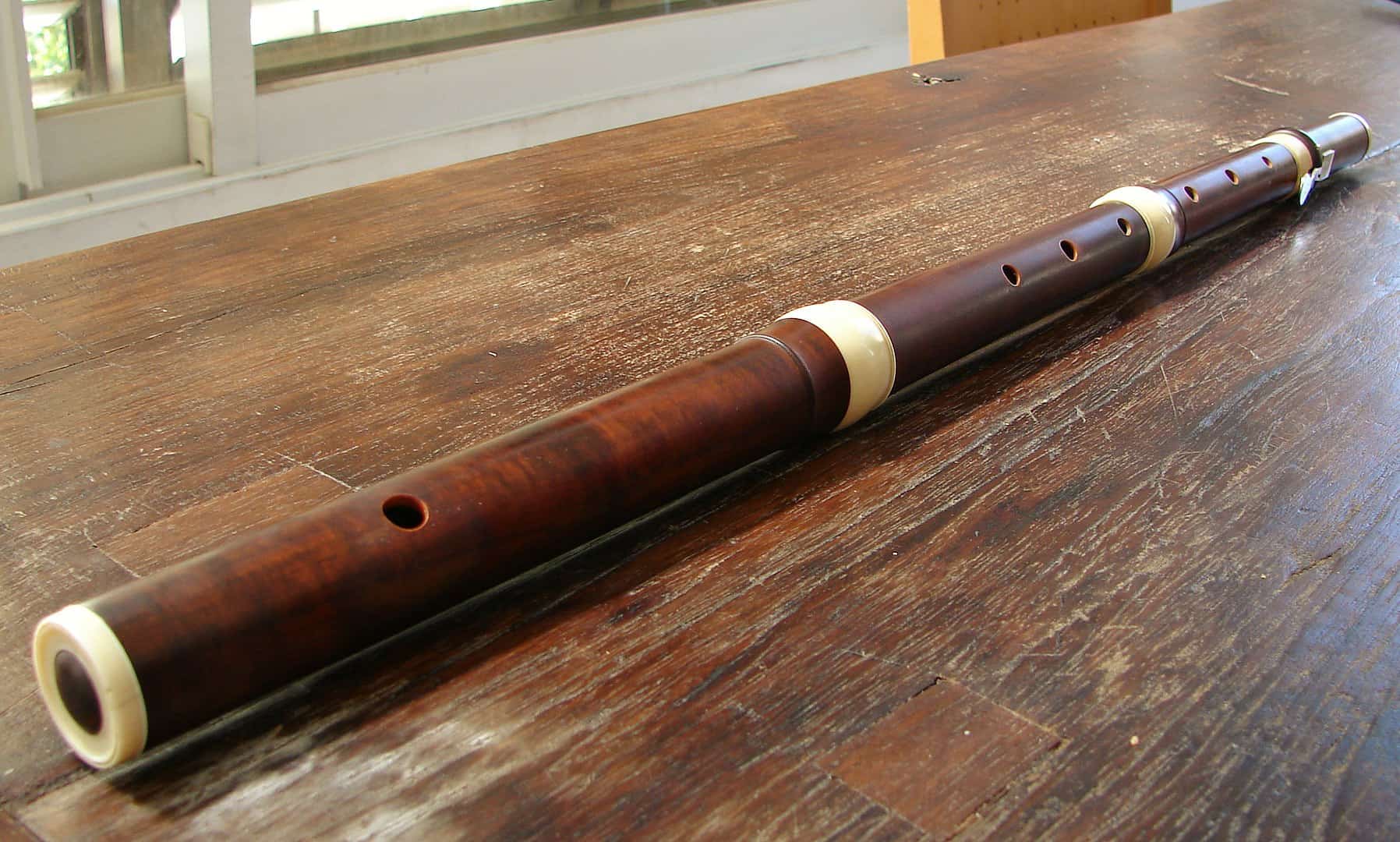
Mozart’s favorite musical instrument was the clarinet.
Mozart loved the clarinet so much that he wrote the first concerto for the clarinet alone. Ironically, Mozart’s Clarinet Concerto was written towards the end of his life, and was only published after his death.
Mozart produced the most work in 1784.
In five weeks alone during that year, Mozart conducted no less than 22 concerts in the city of Vienna. Of those 22 concerts, five were of his own composition, where he took on the role of the soloist himself.
Mozart’s status as a Freemason influenced his work.
This was especially evident in his opera The Magic Flute. Critics noted the opera’s overture as reflective of a Masonic Master’s degree, while the use of suspensions in the opera reflected Masonic virtues of friendship and brotherhood.
Masonic symbolism for the number 3 is also reflected in the opera’s use of three-part harmony, and the rhythm and harmony behind the opera also reflect the Masonic virtue of fortitude.
Mozart’s status as a Freemason is a paradox.
This is due to the fact that Mozart was a devoted Catholic. To this day, both the Freemasons and the Roman Catholic Church fiercely oppose each other. The Roman Catholic Church even takes this further and excommunicates all Freemasons.
However, despite such a paradox, no evidence suggests that Mozart had trouble reconciling his faith and membership among the Freemasons. Just as some of his work reflected Freemason influences, Mozart also indulged in Catholic practices such as charity and regular attendance of church services.
Mozart composed a number of works for use by the Freemasons.
Mozart composed the songs O heiliges Band der Freundschaft treuer Brüder, and Lied zur Gesellenreise: Die ihr einem neuen Grad for the Freemasons. He also composed the Masonic Funeral Music, as well as 2 songs for tenor and organ played in opening and closing ceremonies for a certain masonic lodge in Austria.
Many of Mozart’s peers were also Freemasons.
Among Mozart’s Freemason peers were fellow composer Joseph Haydn, and librettist Emanuel Schikaneder, who helped compose the Magic Flute. Prince Lichnowsky, one of Mozart’s patrons in the Imperial Court, was also a Freemason, as well as Angelo Soliman, another member of the Imperial Court and Mozart’s superior as a Freemason. Another Freemason was the brother-in-law of Mozart’s wife, Joseph Lange.
Mozart once composed a piece entirely as a joke.
It’s implied in the way it’s composed, described by critics as clumsy, mechanical, and repetitive. Called Divertimento in D, it’s meant to be played with an oboe, 2 horns and violins each, and a viola and double bass.
Mozart’s most famous work is Eine kleine Nachtmusik.
Composed in 1787 as chamber music, it’s also known as Serenade No. 13 for strings in G Major, more commonly named A Little Serenade. Like many others, this work is also incomplete, with Mozart’s notes stating that the piece has 5 parts, while only 4 are presently known. It’s unknown what happened to the missing part.
Mozart has a monument in his hometown of Salzburg.
German sculptor Ludwig Schwanthaler built the monument, completing it in 1842. Standing at 3 meters high, its dedication ceremony had Mozart’s children present as guests of honor.
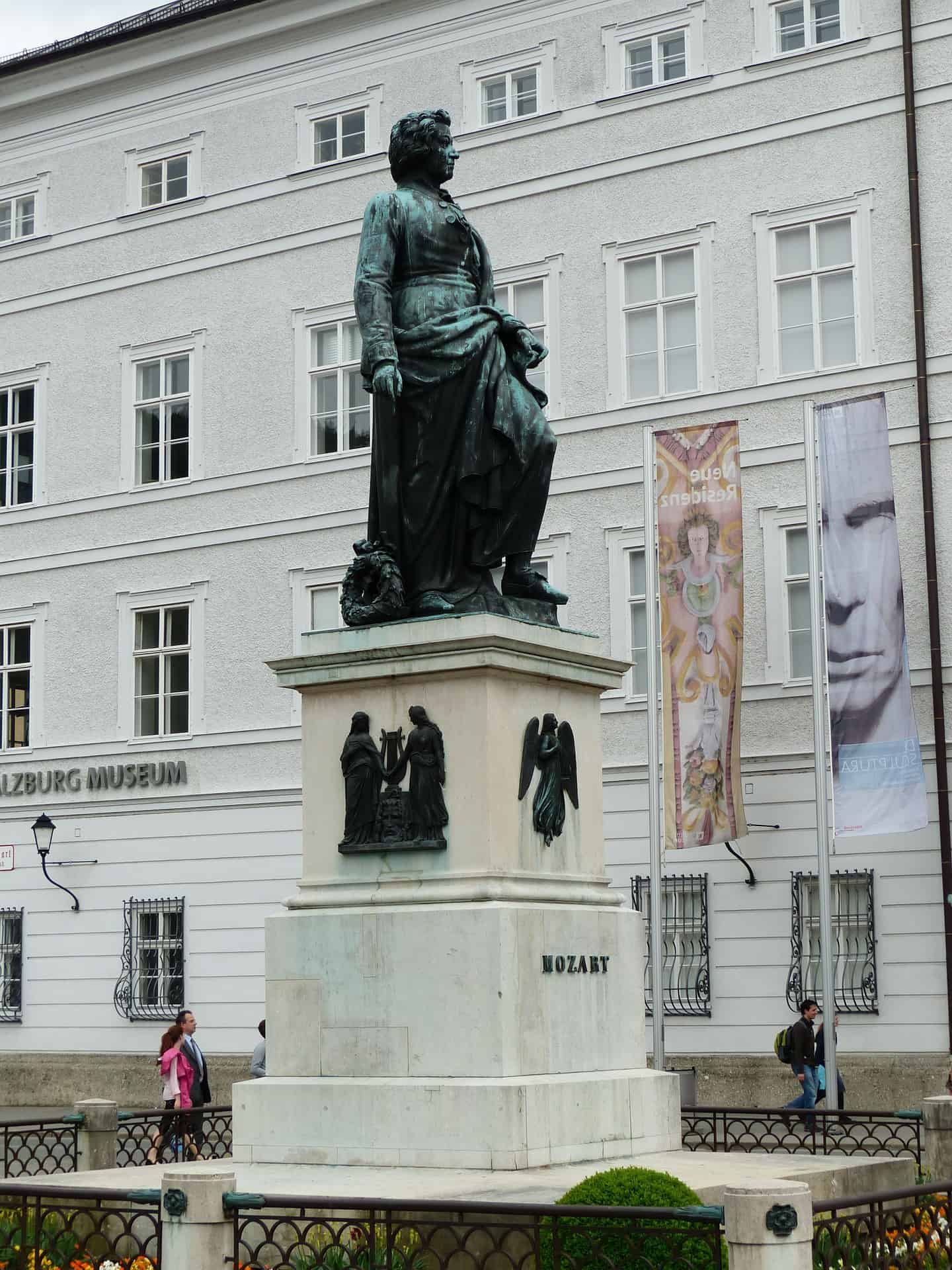
Philips Classic released a complete compilation of Mozart’s works in 1991.
It also holds the world record for the largest recording project for a single composer. Mozart’s works filled a total of 180 CDs, and for a total of 200 hours of playing time. Grab a copy for yourself and experience the musical genius’ life works here.
The popularity of Mozart’s music has had 1 unfortunate result.
Specifically, a series of pseudo-scientific beliefs about his music and their effects. Most common among those is the so-called Mozart Effect, which claimed that listening to his music boosts a person’s IQ.
This, in turn, led to the belief that a pregnant woman listening to Mozart’s music increases her future children’s IQ. Other examples include Mozart’s music curing epilepsy, increasing the amount of milk cows produce, and even helping sewage rot faster. Definitely among the the stranger, if not outright bizarre, examples of Mozart facts.
Mozart once claimed that he composed for himself.
Or rather, he claimed that he didn’t have to consider his audience’s feelings when composing his work. As far as Mozart was concerned, he worked to express his own feelings.
Mozart disliked showing off.
You can see this when comparing his works to those of other composers like Chopin or Beethoven. Chopin had no problem with unconventional fingerings when it came to playing keyboard instruments, while Beethoven deliberately made some of his works difficult to play.
Instead, Mozart greatly valued proper form and method when it came to playing music, preferring to perform his art properly instead of showing off his talent with unconventional twists.
Mozart’s nickname was not Wolfie.
This idea comes from the 20th Century play Amadeus, and again from its film adaptation. But in reality, no evidence exists that Mozart’s wife Constanze ever called him by such a name.
There’s also an asteroid named after Mozart.
Although music was his playing field, Mozart’s reach has gone out of this world – literally. The 1034 Mozartia is an asteroid with a diameter of 9 kilometers across. Soviet astronomer Vladimir Albitsky discovered the asteroid in 1924 while working at the Simeiz Observatory, and aptly named it after the great composer.
There’s also a special kind of chocolate named after Mozart.
Called the Mozartkugel, Paul Fürst first made and distributed this chocolate in 1890 in Mozart’s hometown of Salzburg, Austria. His descendants continue to make and sell the chocolate to this day and have even taken legal action against attempts to copy their family legacy.
It’s possible to arrange Mozart’s name into an anagram.
An anagram refers to a word, phrase, or sentence made by rearranging the letters of a completely different word, phrase, or sentence. In Mozart’s case, this anagram of his full names goes “A famous German waltz god.” Talk about accurate wordplay.
Mozart’s 250th birthday took place in 2006.
Mozart’s hometown of Salzburg commemmorated Mozart’s 250th birthday with a special display. At 8:00 PM, the recorded hour of Mozart’s birth, all church bells in Salzburg rang in memory of the city’s most famous son.
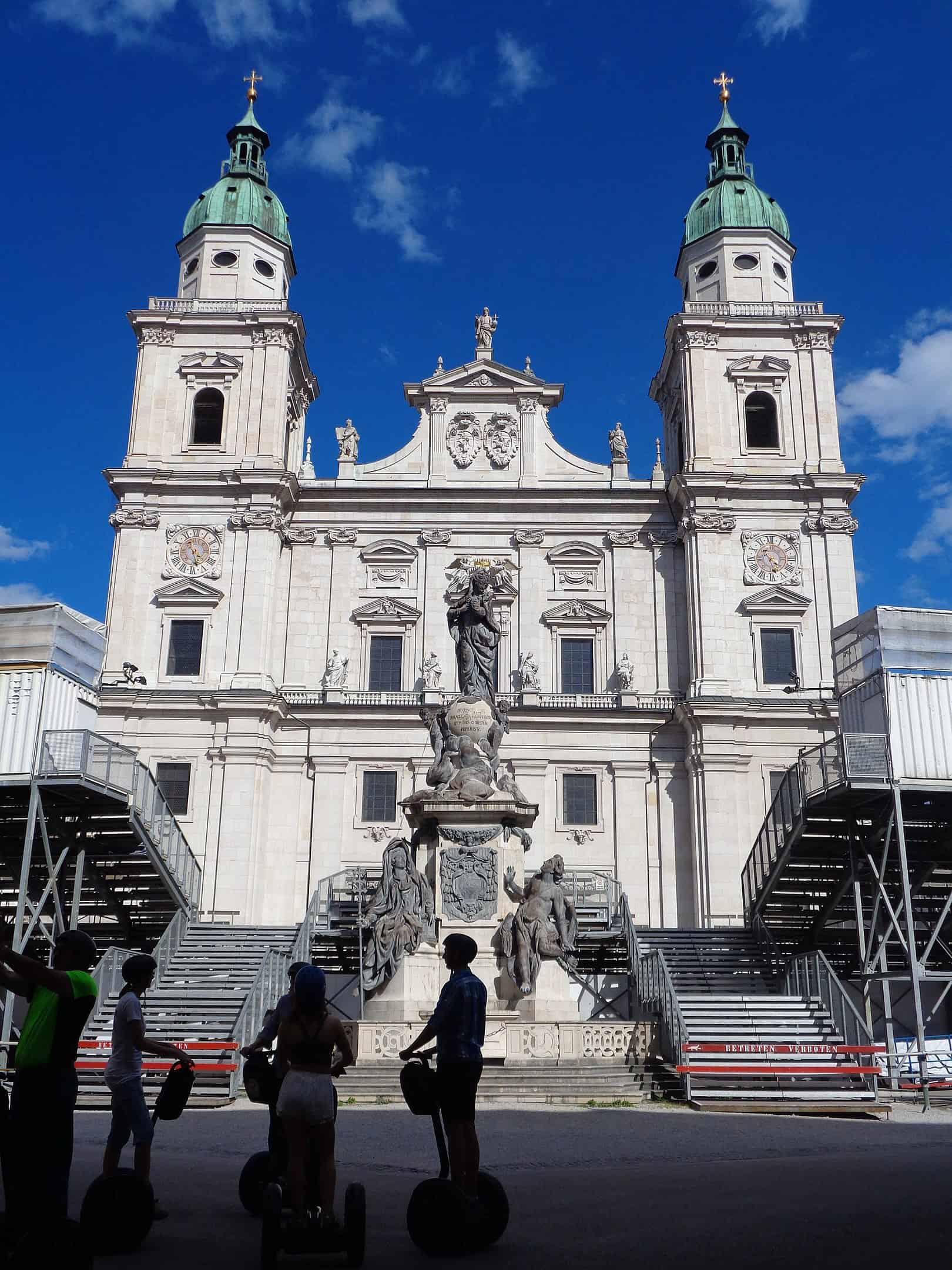
Was this page helpful?
Our commitment to delivering trustworthy and engaging content is at the heart of what we do. Each fact on our site is contributed by real users like you, bringing a wealth of diverse insights and information. To ensure the highest standards of accuracy and reliability, our dedicated editors meticulously review each submission. This process guarantees that the facts we share are not only fascinating but also credible. Trust in our commitment to quality and authenticity as you explore and learn with us.
